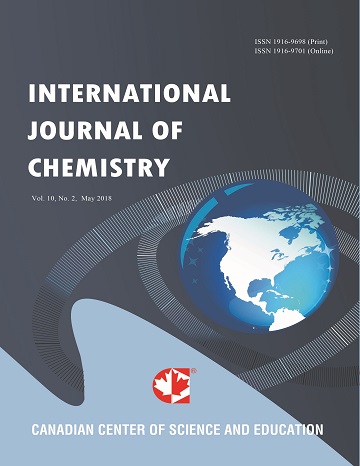Physico-chemical Properties of Different Carbonate Rocks: Are They Highly Enough to Control Lime Reactivity?
- Ioannis Baziotis
- George Leontakianakos
- Alexander Proyer
- Heesoo Lee
- Stamatios Tsimas
Abstract
We have examined 5 different carbonate rocks in order to study their behavior during calcination at different temperatures (900, 1050 and 12000C for 30 min) and hydration properties of quick limes and the final interconnection of the primary material with the reactivity of the slaked lime. Quick limes calcined at 9000C show the lower reactivity values. This could be related to the low calcination temperature or to the short calcination time of 30 min which was insufficient to produce enough lime. The samples calcined at temperatures of 12000C are less reactive compared to those calcined at 10500C, indicated by parameters such as the (CaO+MgO)Lime, the time required to reach the temperature maximum and the reactivity rate. This, probably could be due to annealing effects such as crystal coarsening and reduction of porosity at relatively high temperatures.
 PDF
PDF
